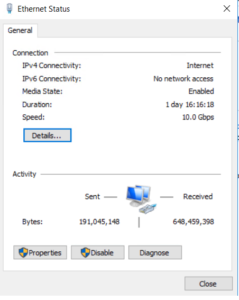

When TUSEL is low, the TDM backplane is enabled, and when the TUSEL pin is set high, the UTOPIA II backplane is enabled. In an ATM application, a UTOPIA II bus interface is enabled via the TUSEL pin. When the UTOPIA II backplane is enabled, the basic TDM signals such as clock, sync, and data are available in both the transmit and receive directions. The DS2156 has a user-selectable TDM or UTOPIA backplane. The DK2000 provides each of the up to four daughter cards with processor bus interfaces, TDM and UTOPIA interfaces in the form of three 50-position high-density daughter card connectors. Incorporating the MPC8260, 64MB of RAM, up to 1MB of L2-Cache, two banks of flash at 2MB each, fast Ethernet, and RS-232, the DK2000 is powerful and flexible. DK2000 allows for prototyping and development by supplying the processor interface to various telecom products.

The high-performance demo kit motherboard (DK2000) contains all the necessary support logic to completely evaluate the telecom daughter cards made by Maxim. The processor runs general-purpose firmware that executes reads and writes to the daughter card on behalf of PC-based demo software. The DK101 provides a microprocessor flash and SRAM-based program memory various oscillators and support logic and an RS-232 interface to a host PC. The ICs are mounted on daughter cards specifically designed to plug into the DK101's connector. The DK101 is a low-cost demo kit motherboard for evaluating Maxim Telecom ICs.
#Ethernet status utopia.net full#
Full or fractional DS1/E1 with bit rates in multiples of 64kbps.The UTOPIA II interface has the following characteristics: The DS2156 is user configurable for a TDM or UTOPIA II bus interface.


 0 kommentar(er)
0 kommentar(er)
